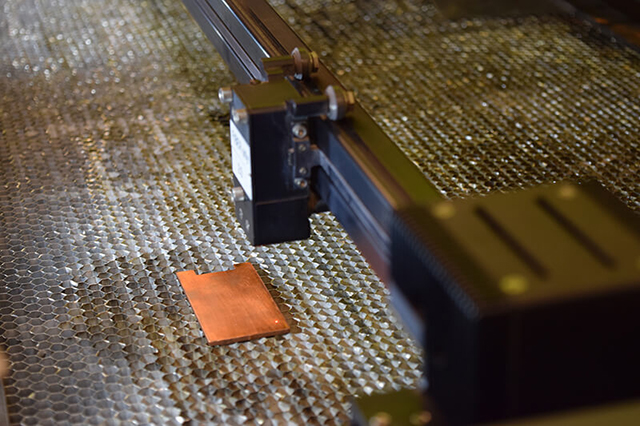A new laser treatment method could potentially turn any metal surface into a rapid bacteria killer just by giving it a different texture, researchers say. In a new study, they demonstrated that this technique allows the surface of copper to immediately kill off superbugs such as MRSA.
|
ADVERTISEMENT |
“Copper has been used as an antimicrobial material for centuries,” says Rahim Rahimi, an assistant professor of materials engineering at Purdue University. “But it typically takes hours for native copper surfaces to kill off bacteria. We developed a one-step laser-texturing technique that effectively enhances the bacteria-killing properties of copper’s surface.”

A laser prepares to texture the surface of copper, enhancing its antimicrobial properties. (Credit: Kayla Wiles/Purdue)
…

Add new comment